Can BLW babies eat grapes? Here is everything you need to know about safely serving grapes to babies, including when they're appropriate and how to cut them for baby led weaning.
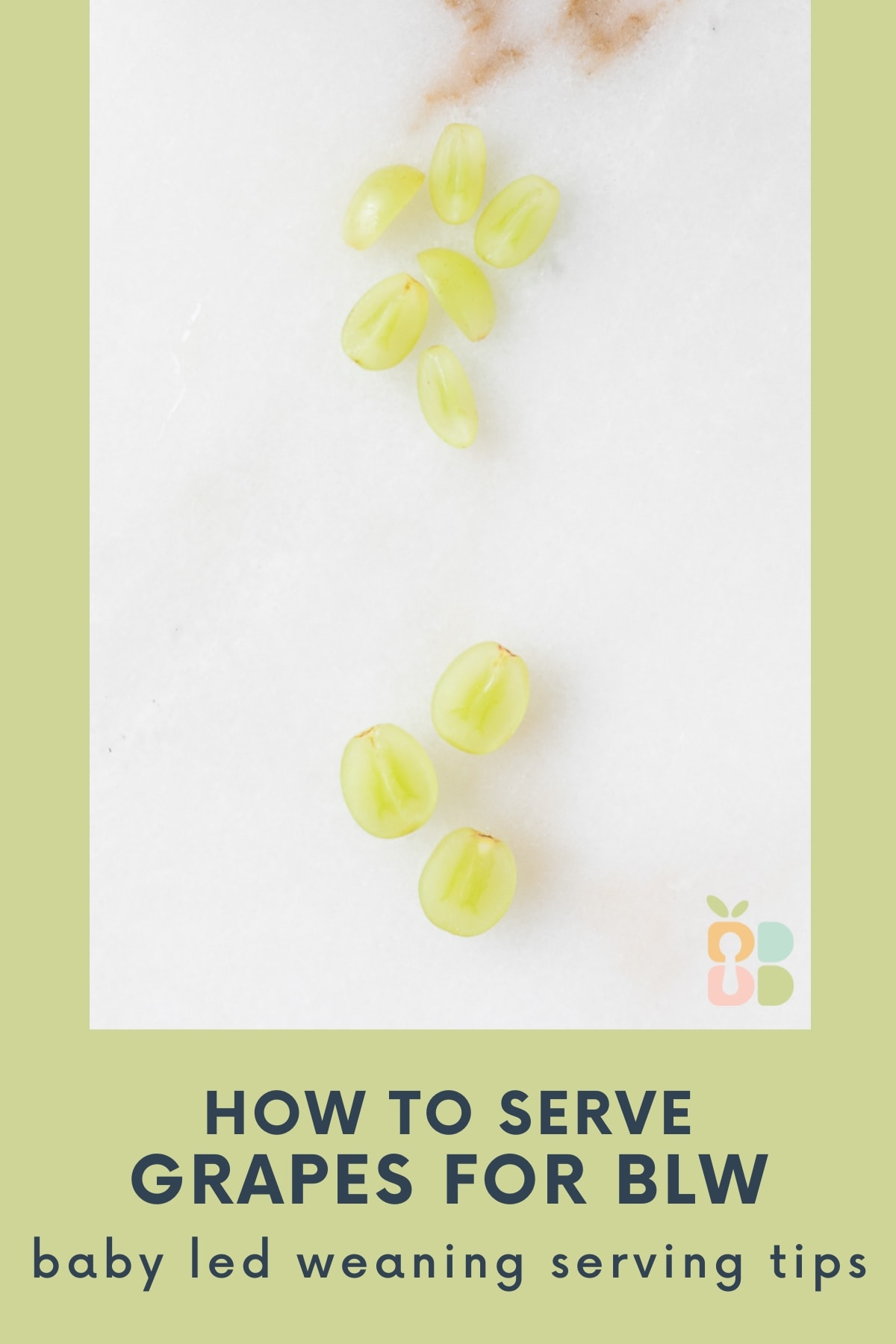
Grapes are widely available, and kids usually love them! However, their shape also makes them a choking hazard. If you're wondering when and how you can offer grapes to little ones just starting solids with a baby led weaning approach, you've come to the right place. Here is what you need to know in order to safely serving grapes to BLW babes.
Jump to:
When Can Babies Have Grapes?
Though grapes are fine for babies to ingest as soon as they start solids around 6 months, their shape is not ideal for the early stages of baby led weaning. They are small, round, and slippery - making them a choking hazard. They must be cut in order to mitigate the risk of choking. And since cutting them up makes them difficult to pick up, your baby likely won't be able to pick up cut grapes until he has developed a pincer grasp. Therefore, it's best to wait until then (usually around 9-10 months) before serving grapes to baby.
Health Benefits of Grapes for Babies
Red and green grapes are high in fiber (good for digestion and a healthy gut!), as well as vitamin K (great for bones and blood clotting) and copper (helps with energy production). Grapes have small amounts of some B vitamins, and are high in antioxidants - especially the skins! Antioxidants found in grapes help reduce oxidative stress, which could help protect against certain diseases later on in life.
How To Cut Grapes For Baby Led Weaning
Because of their round shape, grapes must be cut before serving to babies in order to avoid choking. If the grapes have seeds, remove them before serving to baby. Peeling is not necessary.

1. Quartered (9+ months)
Once baby has developed a pincer grasp, usually around 9 months, you can start to offer cut grapes. Look for larger grapes with a more oblong shape, and cut them from stem end to bottom into quarters so that you have sliver shapes. Don't worry about the skins, baby will either eat them or spit them out.

2. Halved (around 24 months)
Once baby has developed strong eating skills (moves food around the mouth well, chews food well before swallowing), you can progress to halved grapes. Continue to look for oblong grapes and cut int half down the center from stem end to bottom. It is often recommended to continue offering cut grapes into toddlerhood.
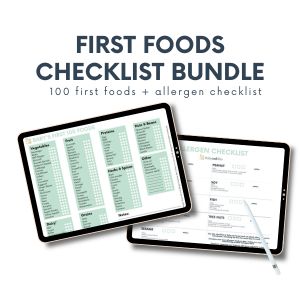
Track your baby's journey through starting solids! Get my 100 First Foods Checklist and Allergen Checklist Bundle today!
FAQ
Yes, because grapes are round, firm and slippery, they are a common choking hazard. Grapes must be cut to eliminate the round shape before serving to babies and young toddlers.
No, grapes are not a common allergen, though grape allergies have occurred.
Yes. As long as the grapes are cut, babies can eat the skins, though they may spit them out. Grape skins are high in antioxidants, so it is good to keep them on. Also, peeling grapes is a lengthy, frustrating step that busy mamas don't have time for!
Because both grape juice and grape jelly are high in sugar, both should be avoided until at least 1 year of age, but preferably until 2 years of age. Fruit juice is associated with more dental cavities, and pushes out more nutritious foods from the diet. Grape jelly is often made mostly of sugar or corn syrup with very little fruit and does not offer much nutritional benefit.
Many will recommend waiting until age 3 or 4 to offer whole grapes to kids, but it is up to the parent's discretion and comfort level. Some kids can have whole grapes as young as age two if they have mature eating skills and have already mastered halved grapes. Offer whole grapes in a closely supervised setting when you are ready. There is nothing wrong with continuing to offer halved grapes until your child is older and you feel ready.






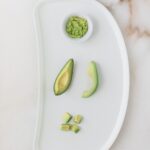






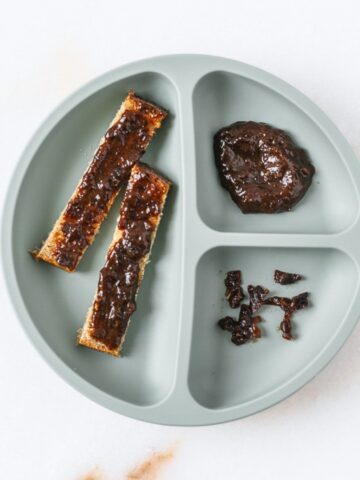
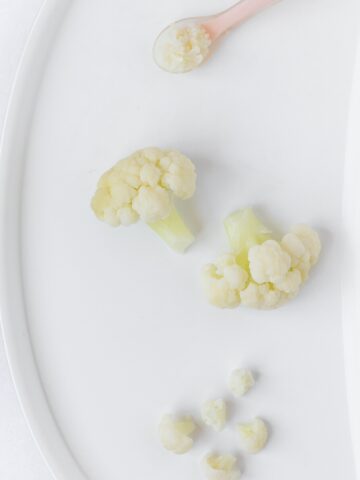
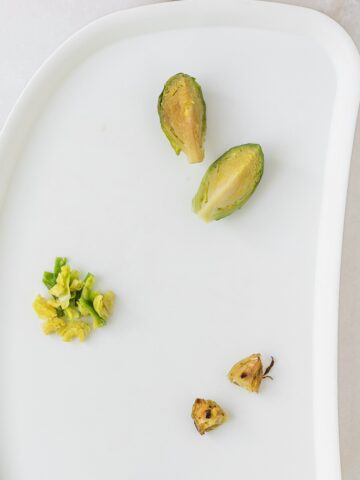
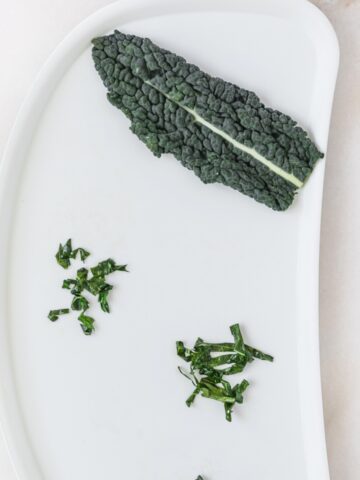
Leave a Reply